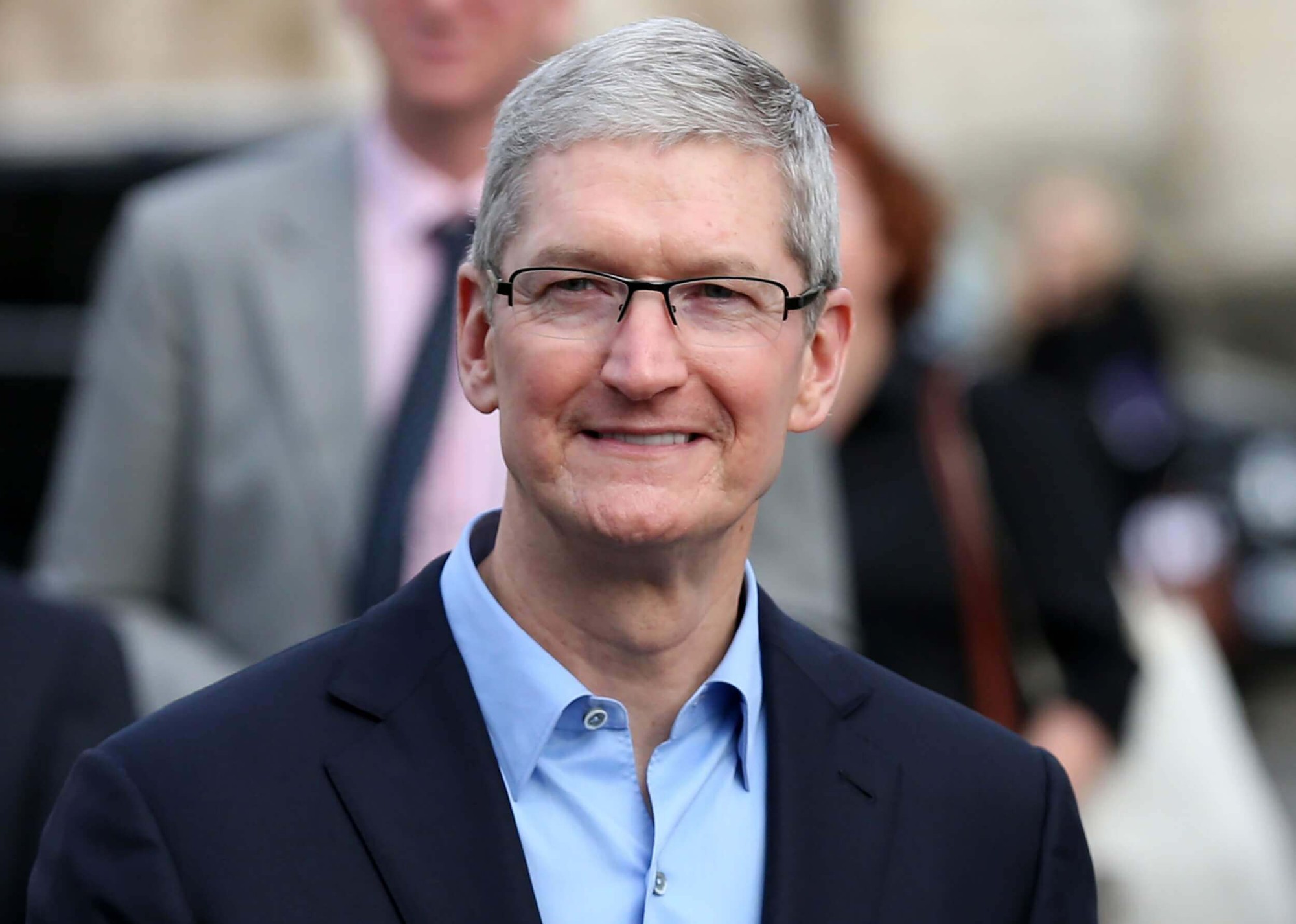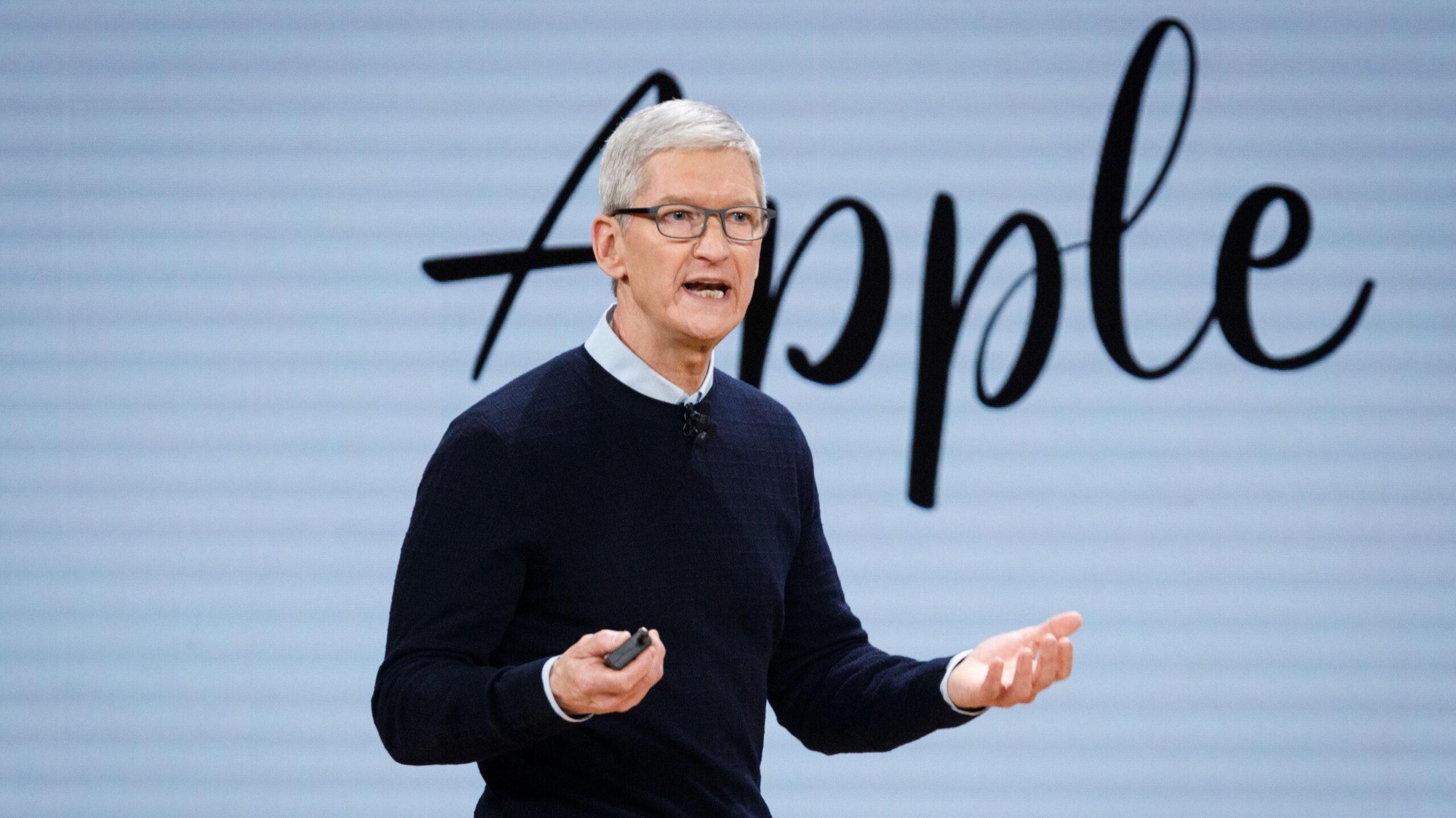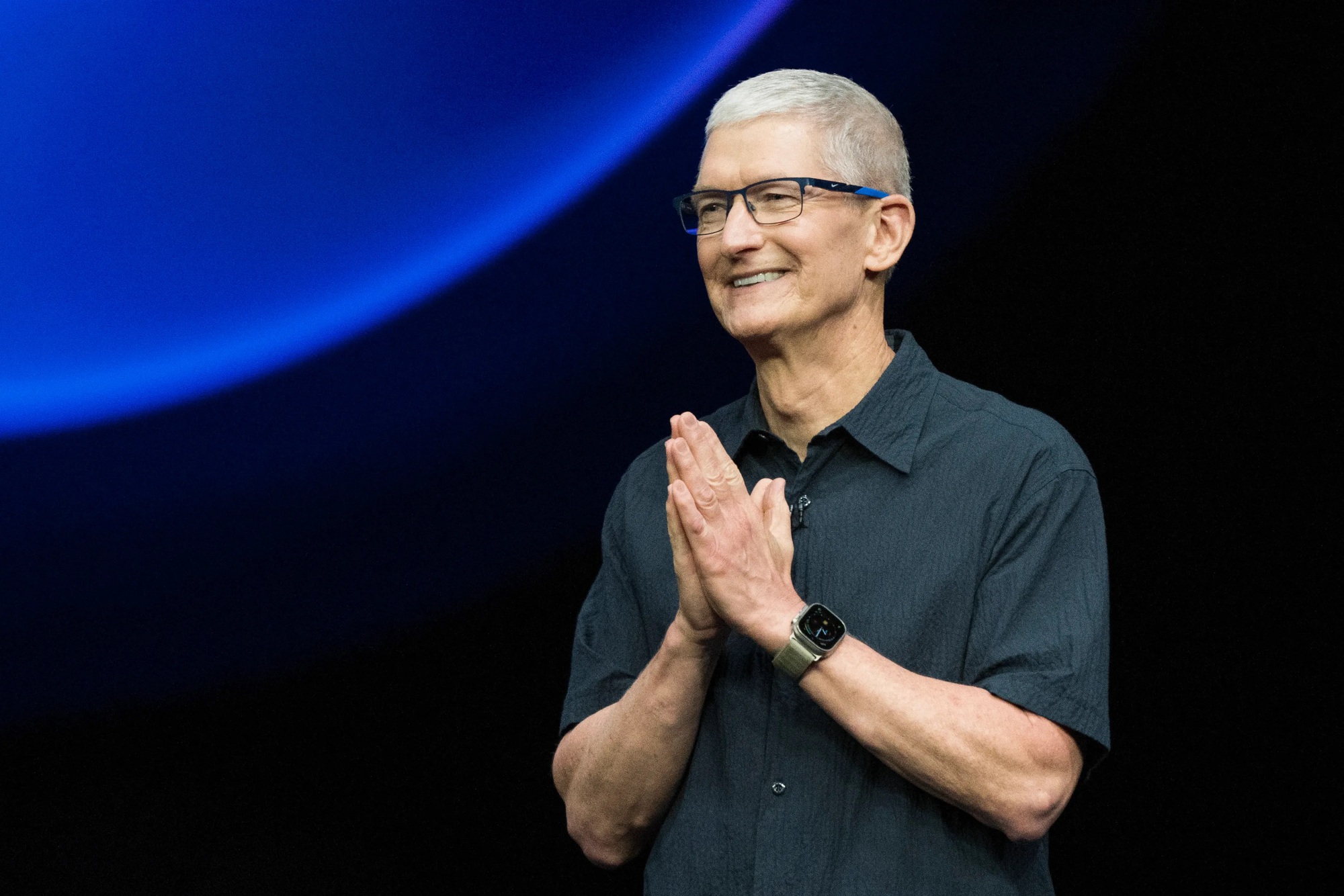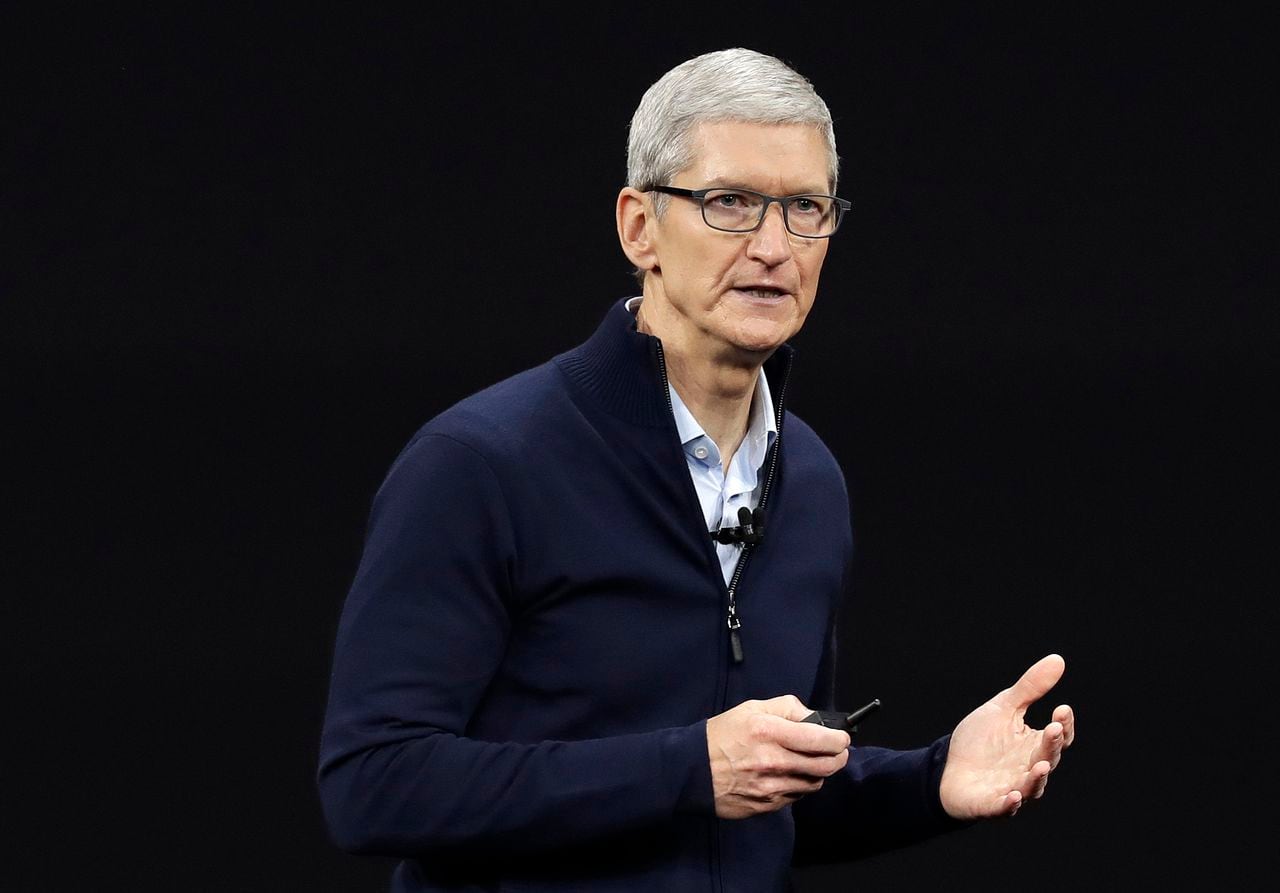Apple and India’s relationship began like a classic courtship, with both sides playing hard to get. For many years, despite selling hundreds of millions of iPhones worldwide, Apple’s presence in India—a market brimming with potential—remained surprisingly minimal.
The main hurdle was India’s government policy requiring foreign companies to source at least 30% of their supplies from Indian manufacturers. This “local sourcing” rule made Apple wary of making a big commitment, so the company relied on Indian distributors to sell its products instead.
This arrangement limited Apple’s profits and sometimes led to less-than-stellar customer service, preventing Apple from fully tapping into India’s massive consumer base.

The relationship thawed in 2016 after years of negotiation, when India relaxed its rules for foreign companies, paving the way for Apple to establish a direct online store, open retail outlets, and build manufacturing plants in the country.
Suddenly, the long-awaited “love affair” between Apple and India was on. Apple’s investments marked a strategic pivot, signaling its serious intent to grow in one of the world’s fastest-growing smartphone markets.
However, this budding romance soon encountered complications—namely from President Donald Trump. His administration’s aggressive push to bring manufacturing jobs back to the United States through steep tariffs on imported goods introduced a new layer of tension.
Trump expressed frustration with Apple for shifting some of its production from China to India, rather than returning it to the U.S. “I had a little problem with Tim Cook yesterday,” Trump revealed, referring to his conversation with Apple’s CEO.
He admonished Cook, saying, “We treated you really well, we put up with all the plants you built in China for years, now you have to build here in America. We’re not interested in you building in India, India can take care of themselves.”

Caught in the middle of this geopolitical tug-of-war, Apple faces a delicate balancing act. The company must expand production in India to reduce its dependence on China and keep costs competitive.
At the same time, it must manage tensions with the U.S. government, whose policies could directly impact Apple’s profitability and public image. Navigating this requires not only savvy business strategy but also diplomatic finesse—a task complicated by the competing demands of global supply chains and domestic politics.
Over the years, Apple has poured significant time, effort, and capital into developing its presence in India. The country has evolved into a critical manufacturing hub, with the potential to become a major source of sales growth as millions of Indians enter the middle class.
Apple’s slow but steady progress in India reflects the broader challenges and opportunities of operating in a complex, rapidly developing market.
Despite entering India much later than many other markets, Apple’s commitment has steadily grown. The company’s official online store only launched in 2020, and its first brick-and-mortar retail outlet opened in Mumbai in 2023, followed closely by another store in New Delhi.
These openings came nearly 20 years after Apple inaugurated its first overseas retail location in Japan, underscoring how long Apple took to make a substantial retail investment in India.
The significance of these events was underscored by Tim Cook’s personal attendance at the store openings, highlighting Apple’s desire to build strong brand presence and customer engagement in the country.
More retail stores are planned for launch throughout the year, signaling a sustained effort to deepen the company’s footprint.

Still, Apple’s share of the Indian smartphone market remains modest but is showing encouraging growth. According to IDC, Apple held an 8.2% market share last year, up nearly two percentage points from the previous year.
This translated to a record-breaking 12 million iPhone sales in India, making it Apple’s fourth-largest market globally after the U.S., China, and Japan.
Yet, Apple faces stiff competition from other manufacturers such as Vivo, Samsung, and Oppo, whose more affordable smartphones dominate the Indian market.
Apple’s premium pricing strategy, with devices costing more than what many Indians earn in a month, continues to limit its market penetration among price-sensitive consumers.
The backdrop to Apple’s India push was dramatically altered by Trump’s announcement in April 2025 of a sweeping plan to impose steep tariffs on imports, including an extraordinary 145% tax on products coming from China.
This move sent shockwaves through corporate America, threatening to significantly raise costs for companies like Apple that relied heavily on Chinese manufacturing.
But Tim Cook, with his extensive expertise managing global supply chains, was prepared. On a recent earnings call with analysts, Cook explained how India had become a vital buffer against the escalating tariff threat.
Thanks to nimble supply chain adjustments, most iPhones imported into the U.S. in the current quarter are now coming from India, where tariffs are capped at a more manageable 26%.
Analysts like Dan Ives of Wedbush Securities have praised Cook’s leadership, describing it as a “hall of fame moment” for effectively navigating unprecedented supply chain challenges. Ives even suggested that Apple could ramp up production in India by as much as 65% if necessary by the fall.

While the full impact of these tariffs remains uncertain—Trump has since delayed some, started negotiations on others, and considered additional levies on electronics—the shift toward India has been years in the making.
Apple, recognizing its over-reliance on China, began diversifying its assembly operations years ago by gradually moving production to India and Vietnam.
This strategic hedging has proved critical in maintaining flexibility amid volatile trade policies.
In 2023, Indian officials revealed that Apple aims to produce 25% of its iPhones domestically in India—a significant milestone reflecting the country’s growing importance in Apple’s global manufacturing footprint. To achieve this, Apple relies on third-party partners such as Foxconn and the Tata Group.
Recent approvals of major investments, including a $435 million semiconductor plant proposed by a joint venture between Taiwan’s Foxconn and India’s HCL, signal ongoing expansion and commitment to developing a robust local supply chain.

Apple’s India story illustrates the complex interplay of international trade, political agendas, and corporate strategy.
The company’s efforts to grow in India reflect a pragmatic response to global realities: the need to reduce risk, manage costs, and expand into emerging markets.
Yet, it also exposes Apple to new challenges, as it must continuously balance the demands of its largest markets, the regulatory environments of diverse countries, and shifting political winds.
As Trump continues his campaign to revive American manufacturing, Apple’s decisions are under intense scrutiny.
Will the company be able to satisfy demands from the U.S. government to bring production home, or will the economic realities of cost and scale push it to deepen ties with India and other countries? The answer will have broad implications—not just for Apple, but for global supply chains, international trade relations, and the future of manufacturing in an interconnected world.

In the meantime, India stands poised to benefit immensely. Apple’s investments bring jobs, technological expertise, and infrastructure development, all vital for the country’s ongoing economic transformation.
For Apple, India represents both a manufacturing base and a fast-growing consumer market—offering the promise of future growth in a world where established markets are becoming saturated.
The saga of Apple and India is far from over. It embodies the complexities of doing business in today’s global economy, where companies must navigate not only consumer demands but also political pressures and trade tensions.
It is a story of adaptation, resilience, and the search for opportunity amid uncertainty—one that will continue to unfold in the years ahead as Apple and India negotiate their shared future.
-1743151274-q80.webp)
-1742808881-q80.webp)

-1744168084-q80.webp)